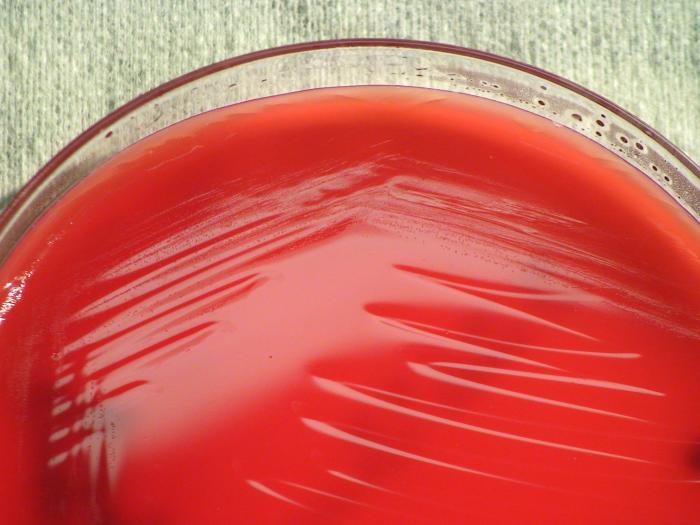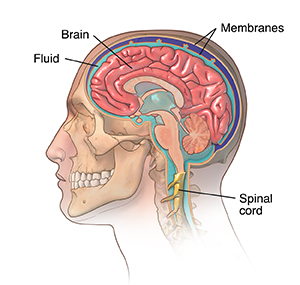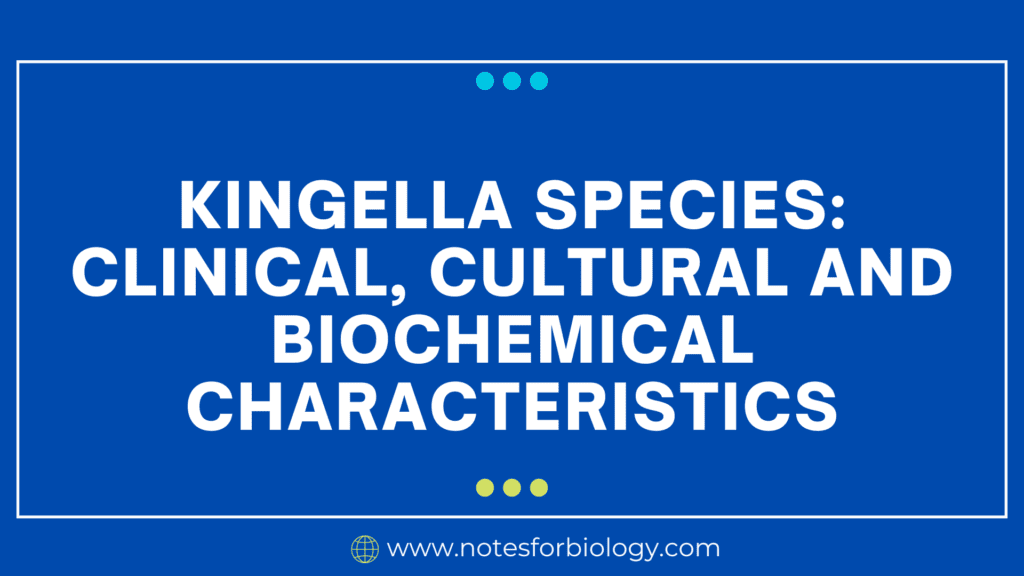Kingella species

A class of spherical bacteria known as Gram-negative cocci, or kingella species, do not hold onto the crystal violet stain that is typically employed in bacterial staining procedures. Due to their fastidious nature, these bacteria can only flourish in the lab under particular circumstances and with certain nutrients. They are obligatory aerobes that require oxygen to survive; they usually exist in small chains or pairs.
The genus Ingellaria contains facultative anaerobic, gram-negative cocci that are frequently seen in the upper respiratory system of humans. Despite being thought of as commensal, these bacteria can cause a range of diseases, especially in people with weakened immune systems.
The purpose of this paper is to present a thorough overview of the Kingella species, including information on their molecular properties, cultural traits, and therapeutic importance.
Table of Contents
Clinical Significance
Various illnesses are caused by species of Kingella, such as:
Bacteremia :The most prevalent kind, bacteremia, is often linked to endocarditis, especially in those who have artificial heart valves.

Meningitis: Kingella kingae, which frequently manifests as aseptic meningitis, is the primary cause of bacterial meningitis in newborns and early children.

Septic arthritis and osteomyelitis: these diseases mainly affect children and are characterized by swelling and discomfort in the joints and bones.
Conjunctivitis: A unusual type of conjunctivitis can be brought on by Kingella kingae.
Other infections: Urinary tract infections, cellulitis, and pneumonia have all been linked to Kingella species.
Cultural Characteristics
Growth: Some species of Kingella are very particular about their growth environment. On enriched medium such as blood agar, chocolate agar, or Thayer-Martin agar, they grow most readily.
Morphology: Colonies frequently resemble “dewdrops,” are transparent, and are tiny.
Growth period: It usually takes two to five days for Kingella species to form observable colonies.
Particular needs: For optimum growth, these bacteria need higher carbon dioxide levels (5–10%).
Biochemical Characteristics
- Catalase: Negative
- Oxidase: Negative
- Nitrate reduction: Variable
- Indole production: Negative
- H2S production: Negative
- Glucose fermentation: Variable
Key Species and their Characteristics
Kingella kingae
The most clinically relevant species, Kingella kingae, is frequently linked to pediatric meningitis. Usually, cephalosporins and penicillins can affect it. A species of facultative anaerobic β-hemolytic coccobacilli, Kingella kingae is gram-negative. It was first identified by Elizabeth O. King in 1960, but it was not until the 1990s that it was acknowledged as a major source of infection in young children due to advancements in culture techniques.
Kingella denitrificans
Kingella denitrificans is a common upper respiratory tract isolate that is sporadically linked to bacteremia. A coccobacillus bacterium, Kingella denitrificans is an aerobic, Gram-negative bacterium. This indicates that it is a microscopic, rod-shaped bacterium that prefers oxygen, does not stain purple when exposed to Gram stain, and can use nitrate as its ultimate electron acceptor during respiration (denitrification).
Kingella oralis
A commensal species that is sporadically linked to illnesses is Kingella oralis. Most persons who have the common bacteria Kingella oralis do not experience any health problems. It is critical to speak with a healthcare provider if you have any symptoms that point to an infection so that you can receive the appropriate diagnosis and treatment.
Diagnose and Treatment
Diagnosis: To confirm infection, it is essential to isolate Kingella species from clinical materials such as blood, cerebrospinal fluid, and synovial fluid. Laboratory identification is based on biochemical tests and culture.
Treatment: The two main medicines used to treat Kingella infections are penicillin and cephalosporins. Penicillin resistance has been documented, nevertheless, particularly for K. denitrificans.
conclusion
Important human pathogens, Kingella species primarily affect youngsters and those with impaired immune systems. They can cause a variety of diseases. Accurate diagnosis and suitable therapy depend on an understanding of their biological and cultural traits. The improvement of patient outcomes is contingent upon early detection and management.
Frequently Asked Questions(FAQ)
Define Kingella Kingae?
. A species of facultative anaerobic β-hemolytic coccobacilli, Kingella kingae is gram-negative. It was first identified by Elizabeth O. King in 1960, but it was not until the 1990s that it was acknowledged as a major source of infection in young children due to advancements in culture techniques.
Define Kingella denitrificans?
Kingella denitrificans is a common upper respiratory tract isolate that is sporadically linked to bacteremia. A coccobacillus bacterium, Kingella denitrificans is an aerobic, Gram-negative bacterium.
Define Kingella oralis?
A commensal species that is sporadically linked to illnesses is Kingella oralis. Most persons who have the common bacteria Kingella oralis do not experience any health problems. It is critical to speak with a healthcare provider if you have any symptoms that point to an infection so that you can receive the appropriate diagnosis and treatment.
Related Articles


